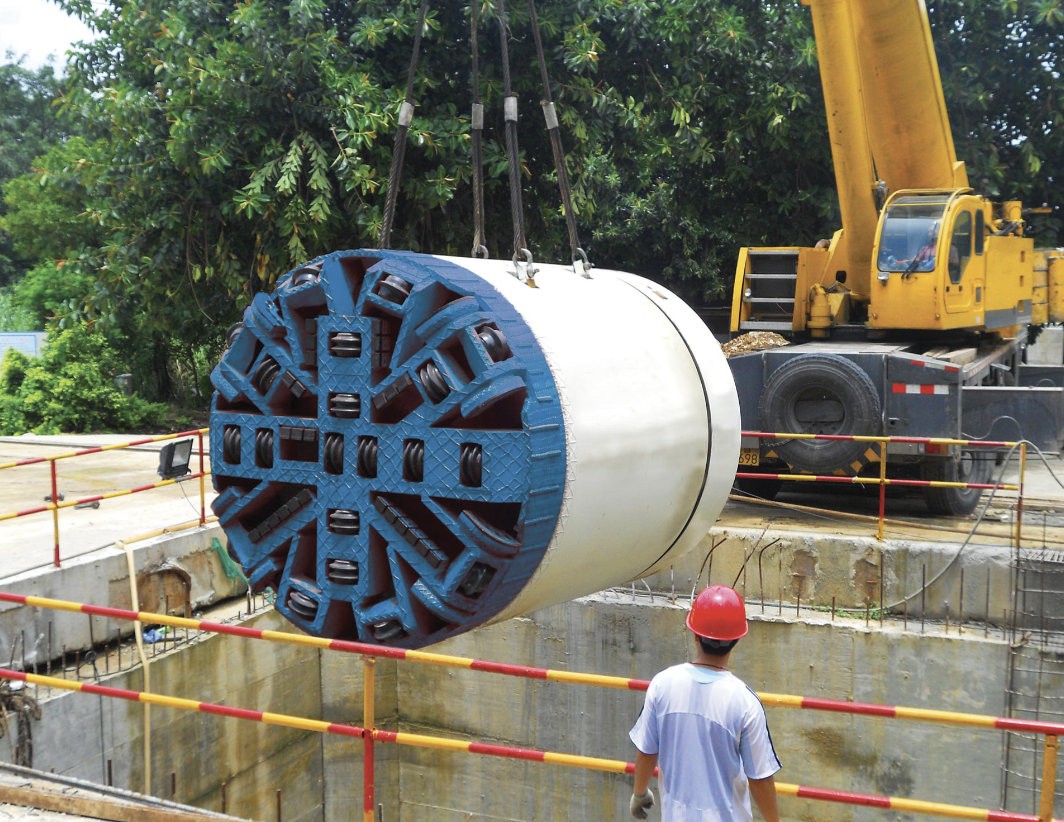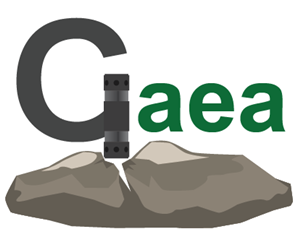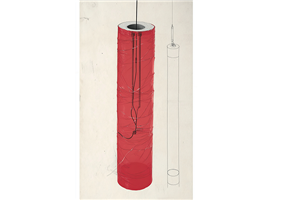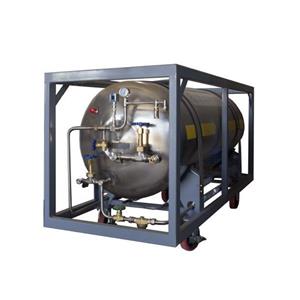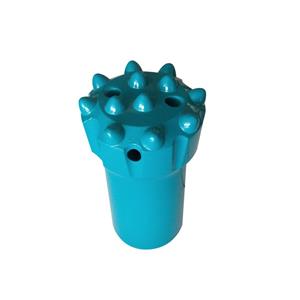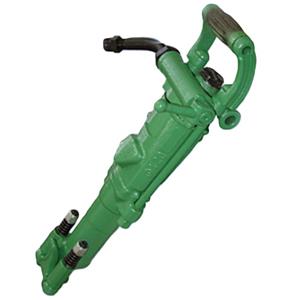The “Pathfinder” of Underground Works: A Clear Guide to the Advancing (Tunnelling) Working Face
In underground projects such as coal mining, subway construction, and tunnel drives, there is always a “front line” responsible for breaking new ground. It’s the area with the most concentrated processes and the highest technical demands, and it’s crucial for enabling the work that follows. This front line is the subject of this article—the advancing working face, commonly referred to in the industry as the “heading.”
What is the advancing working face? Put simply, the advancing working face is the frontline zone in underground works where new tunnels, chambers, or drifts are being opened. If an underground project were an “underground expedition,” the advancing working face would be the vanguard: all the key tasks—rock breaking, mucking, and initial support—are carried out there.
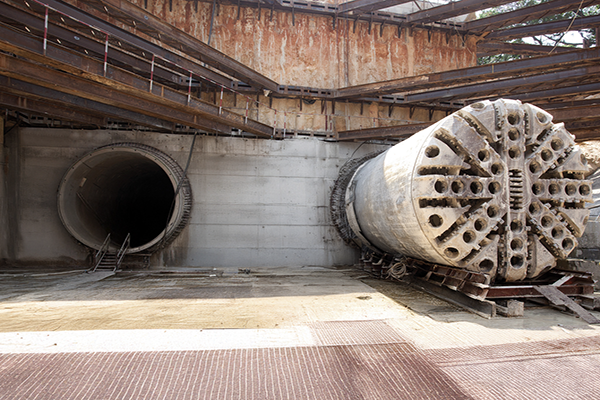
Whether it’s haulage drifts in a coal mine, long railway tunnels through mountains, or city subway alignments, the advancing working face must first “bite through the hard stuff” to create the passage. Only after the passage is made can subsequent operations—transport, extraction, installation—proceed.
Three core characteristics of the advancing working face — each tied to safety and efficiency As the “throat” of an underground project, the operating environment and process layout at the advancing working face are highly specialized, which determines its main characteristics:
Hazardous working environment — safety is the top priority The advancing working face sits in a confined underground space with complex and variable geology. During operations it can face multiple hazards: gas buildup (especially in coal mines), roof collapse, sudden inflows of water, and excessive dust. Any one of these risks can trigger an accident, so safety management here is paramount.
Multiple processes must link seamlessly — high demand for coordination Within a compact workspace, a sequence of core tasks must be completed either in parallel or in immediate succession: drilling with rock drills or roadheaders, primary rock breakage, further rock fragmentation by blasting or mechanical means, mucking and transport of spoil, then supporting the exposed rock (e.g., rock bolting, shotcrete, installing steel supports), while also ensuring ventilation, drainage, and other auxiliary works. Each step is interdependent—an error in one can delay the whole advance.
Equipment and methods vary with geology — high technical requirements Different ground conditions call for different equipment and methods at the advancing working face. For example, very hard rock may require heavy rock-drilling jumbos and blasting; softer soils or coal seams can be efficiently worked by boom-type roadheaders; and for urban metro projects where settlement control is critical, tunnel boring machines (TBMs) are typically the primary equipment.
Where the advancing working face is used The advancing working face applies across nearly all underground engineering fields. Much of the infrastructure we use daily relies on its work:
Mining: In coal or metal mines, the excavation of haulage drifts, return airways, and development roadways all depend on advancing working faces.
Transportation: Mountain tunnels for highways and railways, urban subway tunnels, and river-crossing tunnels—all have advancing working faces as their core construction zones.
Water resources and hydropower: Water diversion tunnels, underground powerhouse caverns, and seepage cutoff walls for reservoirs likewise require advancing working faces for their excavation.
Advancing face vs. extraction face: different missions, same system People often confuse the advancing working face with the extraction (mining) face, but their core tasks are different—simply put, “first develop, then extract”:
Advancing (driving) working face: task is to create space—excavate tunnels and chambers to enable later mining, transport, ventilation, etc.; it’s the foundation-laying stage.
Extraction (mining) working face: task is to extract resources—e.g., the coal-cutting face in a mine where the material is actually taken out and produced.
Without the advancing working face to “open the road,” there would be no harvest at the extraction face. Together they form the central sequence of productive activity in mining and many other underground projects.
